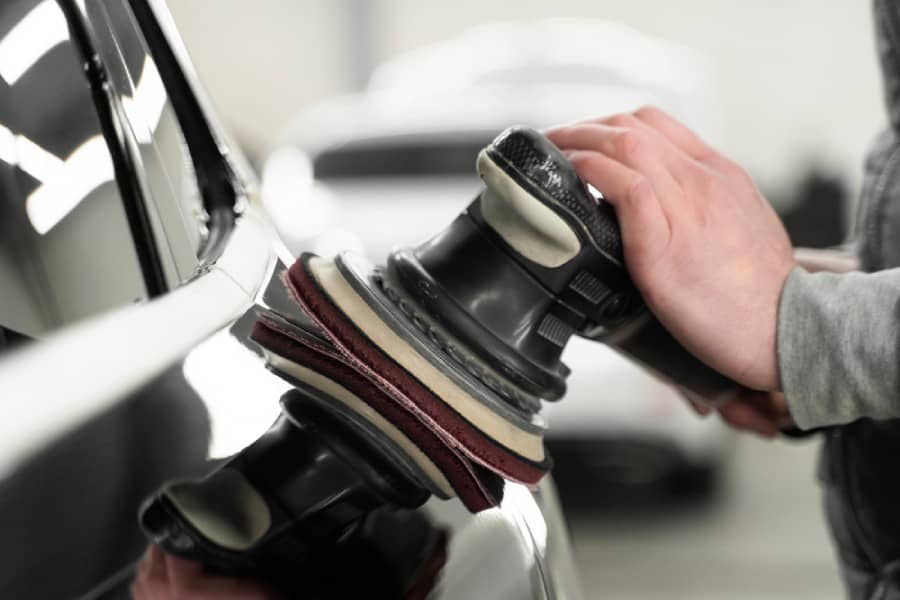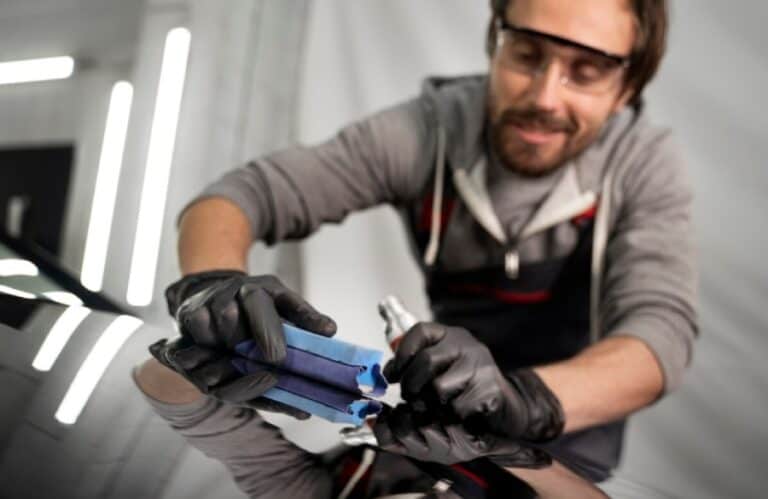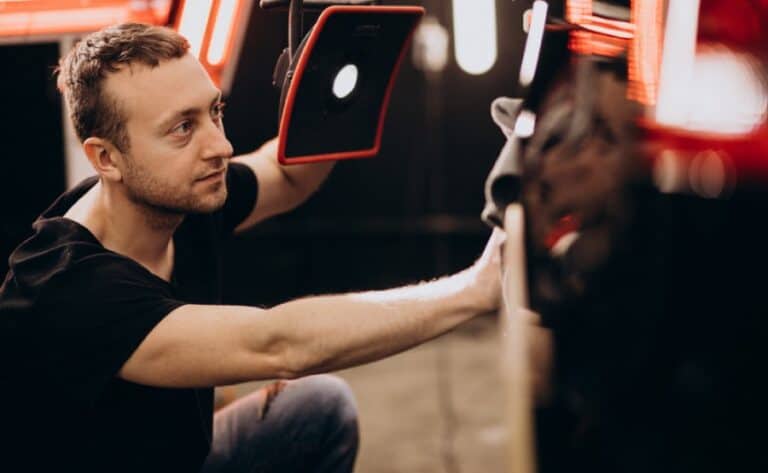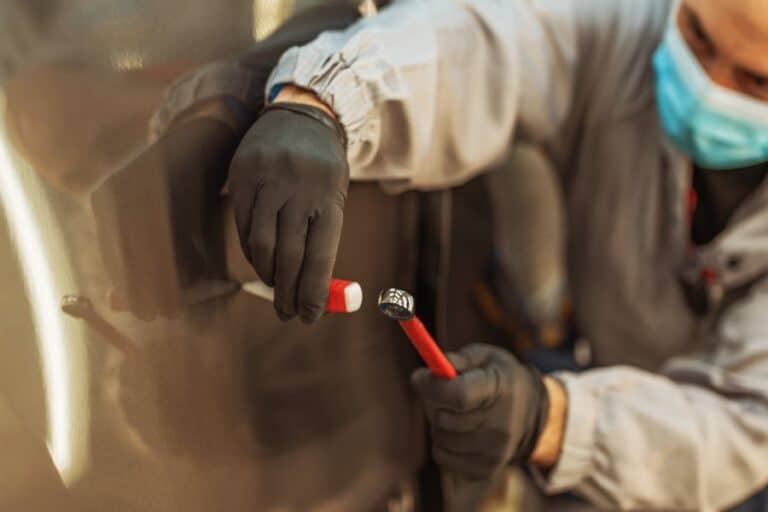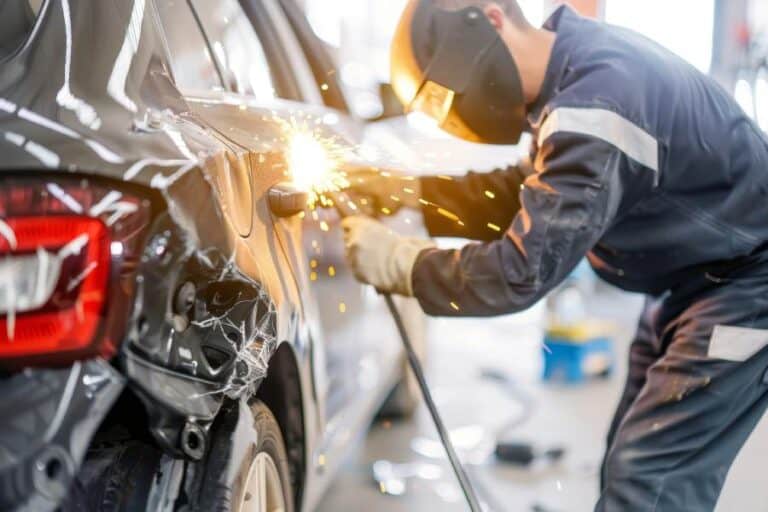Tools Of The Trade: A Closer Look At The Techniques And Equipment Used In Paintless Dent Repair
Car owners know that dents and dings are bound to happen. The usual repair methods can be expensive and time-consuming, but paintless dent repair (PDR) provides a faster and more affordable alternative. By utilizing specialized techniques and tools, PDR can effectively restore your car’s original look without the hassle of repainting.
History of Paintless Dent Repair
The PDR technique originated in car manufacturing plants, where workers required a quick method to fix small dents before cars were displayed in showrooms. As time passed, the technique progressed and improved, incorporating new tools and methods, thereby making PDR a feasible choice for car owners worldwide.
Basic Principles of Paintless Dent Repair
PDR is fundamentally about restoring the metal of your vehicle to its initial shape by accessing the dent from behind and employing specialized tools to carefully manipulate the metal back into place. This technique is favored over conventional approaches as it preserves the original paintwork, while also being quicker and more cost-effective.
What is Paintless Dent Repair?
PDR, short for Paintless Dent Repair Boise, is a popular technique for fixing small dents on vehicles without the need for repainting. It is commonly employed to address issues like hail damage, door dings, slight creases, and other minor body imperfections that have not affected the paint.
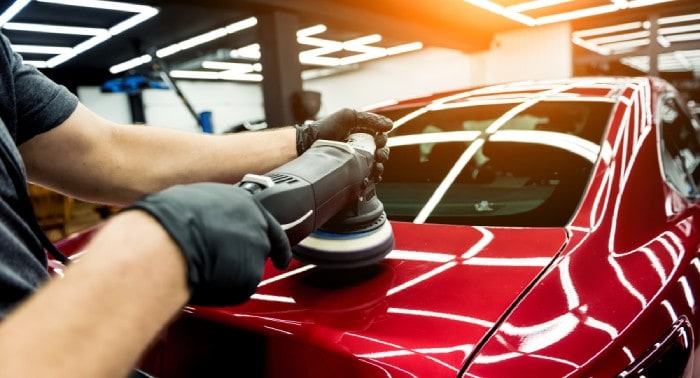
How Does PDR Work?
PDR is a meticulous procedure that heavily depends on unique methods and equipment to repair the affected region and bring it back to its initial condition. Skilled technicians reach the underside of the dent and utilize a distinct array of tools to carefully maneuver the metal, restoring it to its original shape. This intricate task demands expertise, accuracy, and a thorough comprehension of the structure of the vehicle.
The Advantages
Paintless Dent Repair provides numerous benefits compared to conventional dent repair techniques.:
- Maintains the Original Paint Job: Preserving the original paint job through PDR is a key advantage, as it plays a crucial role in retaining the value of your vehicle.
- Cost-Effective: Due to its avoidance of expensive new paint jobs, PDR generally comes at a lower cost compared to conventional repair techniques.
- Time-Saving: Performing a PDR procedure typically only requires a few hours, offering a faster alternative to conventional techniques that may span over several days.
- Environmentally Friendly: PDR stands out as an eco-conscious repair technique due to its avoidance of new paint or body fillers, minimizing its environmental impact.
With all these advantages, it’s no wonder that PDR has gained popularity among car owners as a quicker, more cost-effective, and environmentally friendly solution for repairing small dents and damages.
Essential Techniques in Paintless Dent Repair
The success of PDR lies within the mastery of a set of specific techniques:
- Pushing: Utilizes specialized instruments to pop the dent outwards from within.
- Pulling: Utilizes specialized equipment to extract the dent from the exterior inward.
- Tapping down: Assists in smoothing out raised areas within the dent.
- Blending: Revives the appearance of the paint surrounding the dent.
- Reading the light: A method employed to detect flaws in the paint and metal surfaces.
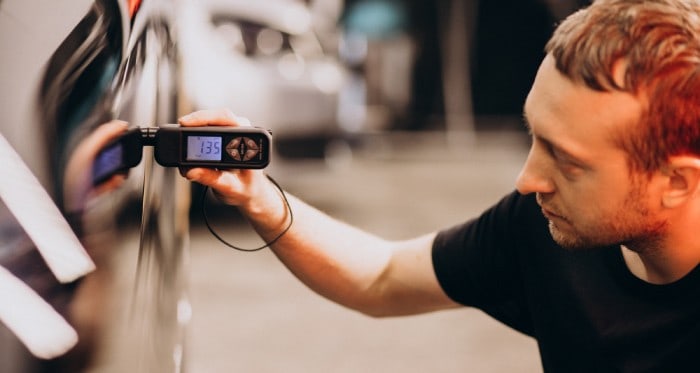
Key Equipment Used in Paintless Dent Repair
The effectiveness of paintless dent removal Boise hinges greatly on the diverse range of tools employed, including:
- Dent Removal Tools: Tools like dent rods and pullers are employed to restore the metal to its initial shape.
- Lighting and Reflection Tools: Crucial for detecting flaws, the predominant tools include LED lights and reflective surfaces.
- Specialized Glue and Glue Guns: Employed in the pulling method without causing harm to the existing paint.
- PDR Accessories and Consumables: Consists of tool wraps, mix hammers, and bump-downs.
Advanced Techniques and Equipment
The techniques and tools in the expanding field of PDR services are constantly evolving, with new advanced methods being developed.
- Heat Application Methods: Used to make the metal more pliable.
- Advanced Blending Techniques: To perfect the look of the paint around the dent.
- Electronic Dent Detection Systems: Helps to detect even the smallest dents.
- Computerized PDR Systems: Aids in providing precise measurements for dent removal Boise.
Training and Certification in Paintless Dent Repair
Achieving mastery in the field of PDR is a challenging endeavor that requires intense training and a thorough grasp of the methods and equipment utilized. Various institutions provide extensive certification courses for individuals interested in becoming certified PDR technicians. Obtaining this certification not only demonstrates your skills but also enhances your competitiveness within the industry.
The Importance of Professional Training
Mastering PDR necessitates a thorough grasp of its methods and equipment, achievable solely through formal instruction. Top-notch training provides aspiring technicians with the expertise required to tackle diverse dent and damage situations effectively.
Overview of Training Programs and Courses
Training programs typically consist of in-depth courses that encompass theoretical learning and hands-on practice. The theoretical component delves into the intricacies of dent characteristics, metal properties, and the scientific principles underpinning repairs. Meanwhile, the practical segment offers experiential training in tool usage and execution of diverse PDR techniques.
Certification: A Mark of Trust and Credibility
Upon finishing a training program, the subsequent vital action is to acquire a certification. A PDR Certification acts as a guarantee to clients that the technician has achieved proficiency in the necessary skills and adheres to industry-endorsed protocols. It demonstrates their competency and dedication, enhancing customer confidence.
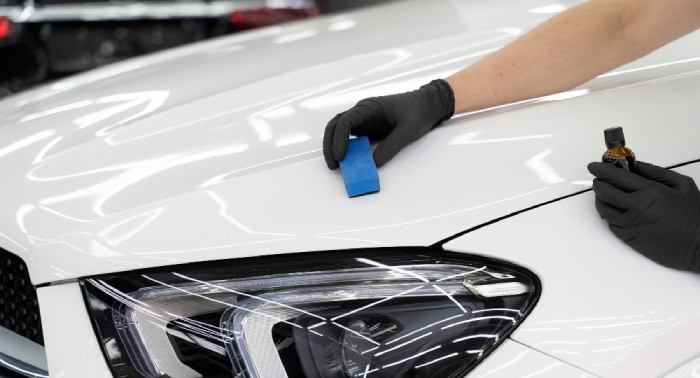
The Benefits of Becoming a Certified PDR Technician
Achieving certification as a PDR technician not only confirms your expertise but also distinguishes you in a growingly competitive sector. It garners acknowledgment from both colleagues and customers, ultimately broadening your career prospects in the automotive repair field.
Safety Considerations in Paintless Dent Repair
In the field of PDR, safety is of utmost importance, just like in any other line of work. This includes wearing protective equipment, handling tools carefully, and keeping the workspace safe and eco-friendly. PDR technicians are well-versed in putting safety first to achieve optimal results for your vehicle while safeguarding their own well-being.
The rise of paintless dent repair is a major development in the automotive sector, reflecting a changing approach to car maintenance that prioritizes efficiency and preserving the vehicle’s authenticity. The sophisticated methods and specific tools employed in PDR seamlessly combine to efficiently restore your car without breaking the bank or taking up too much time. When dealing with dents or dings, keep paintless dent repair in mind as a prime example of the auto repair industry’s impressive progress.

